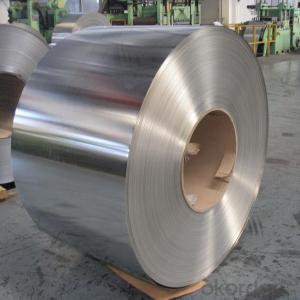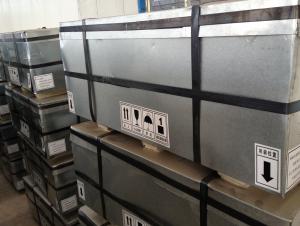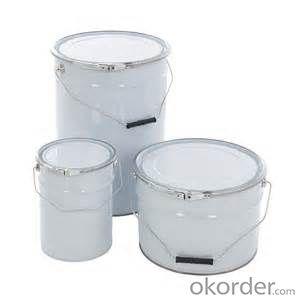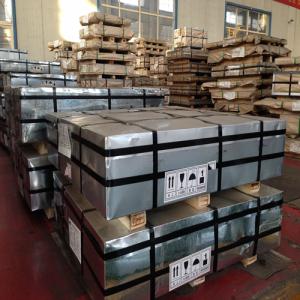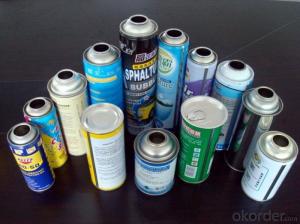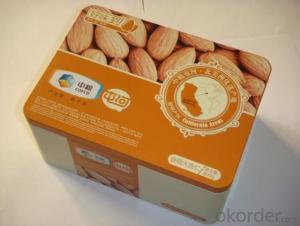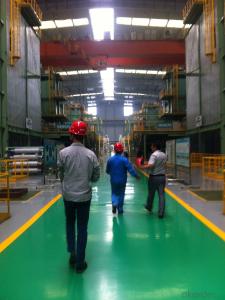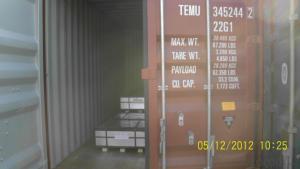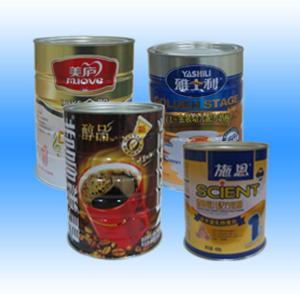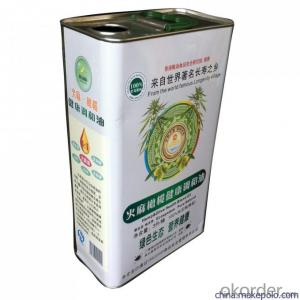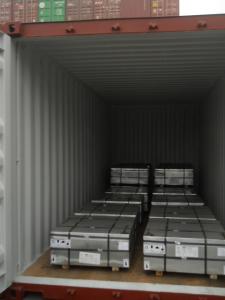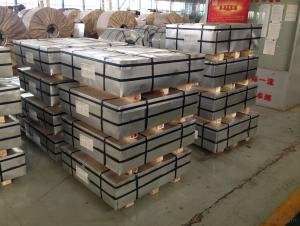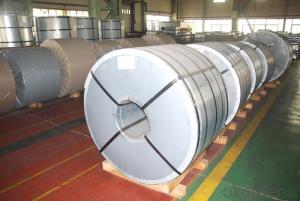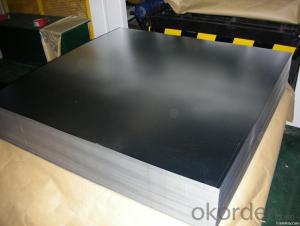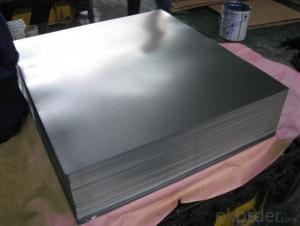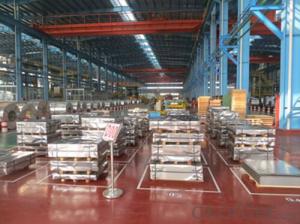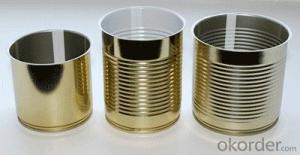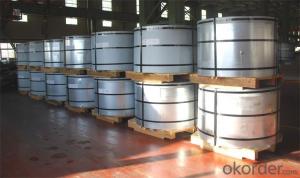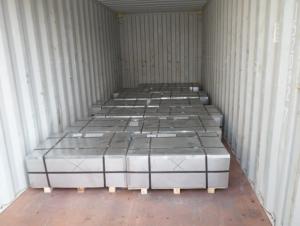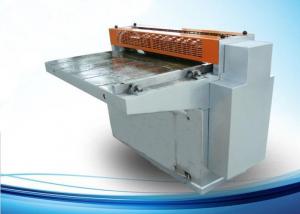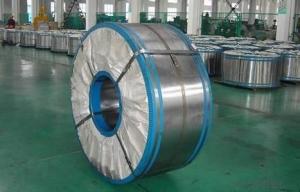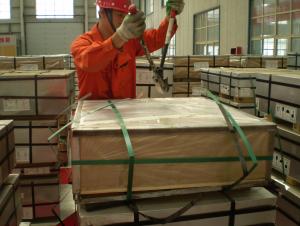Lionel Tinplate Set
Lionel Tinplate Set Related Searches
Lionel Corporation Tinplate Lionel Tinplate Catalog Lionel Tinplate Train Sets Mth Lionel Tinplate Tinplate Tea Set Lionel Tinplate Christmas Lionel Tinplate Classics Lionel Tinplate 2017 Mth Lionel Tinplate Trains Lionel Prewar Tinplate Lionel Tinplate Traditions Lionel Tinplate Blue Comet Lionel Mth Tinplate Trains Lionel Tinplate Trains Lionel O Gauge Tinplate Mth Tinplate Set Lionel Tinplate O Gauge Tinplate Metal Spain Tinplate Lacquered Tinplate Tinplate Uk Tinplate Layout Buy Tinplate Tinplate Studios Tata Tinplate Italy Tinplate Marx Tinplate Tinplate Sheets Tinplate Iron Crown TinplateLionel Tinplate Set Supplier & Manufacturer from China
Lionel Tinplate Set is a collection of high-quality model train products that cater to the needs of hobbyists and enthusiasts. These sets are known for their intricate detailing and authentic design, making them a popular choice for those who enjoy assembling and displaying miniature train systems. The sets include various components such as locomotives, passenger cars, freight cars, and tracks, all crafted from tinplate material for durability and aesthetic appeal. These products are designed to provide an immersive and realistic train experience, allowing users to recreate historical train journeys or create their own unique layouts.The Lionel Tinplate Set is widely used in both residential and commercial settings, such as model train clubs, hobby shops, and even in educational institutions to teach children about the history and mechanics of railways. These sets are perfect for collectors who appreciate the craftsmanship and historical significance of model trains, as well as for those who enjoy the challenge of assembling and maintaining a detailed model train layout. The versatility of the Lionel Tinplate Set makes it suitable for a variety of applications, from simple display pieces to complex, operational train systems that can be controlled and manipulated.
Okorder.com is a reputable wholesale supplier of Lionel Tinplate Set, offering a vast inventory of these products to cater to the needs of retailers and individual buyers alike. With a commitment to quality and customer satisfaction, Okorder.com ensures that each Lionel Tinplate Set is sourced from reliable manufacturers and is delivered in excellent condition. This makes Okorder.com the ideal destination for those seeking to purchase Lionel Tinplate Sets at competitive prices, with the assurance of prompt and efficient service.
Hot Products
